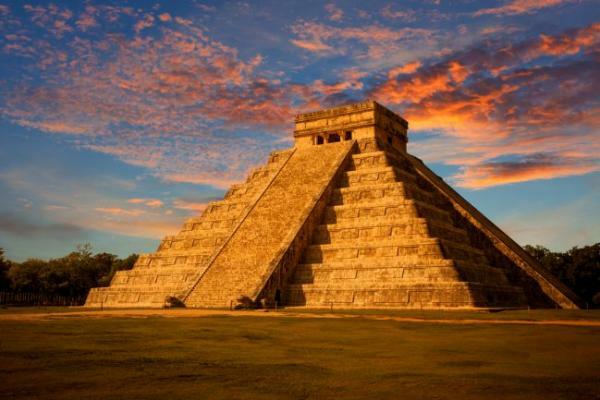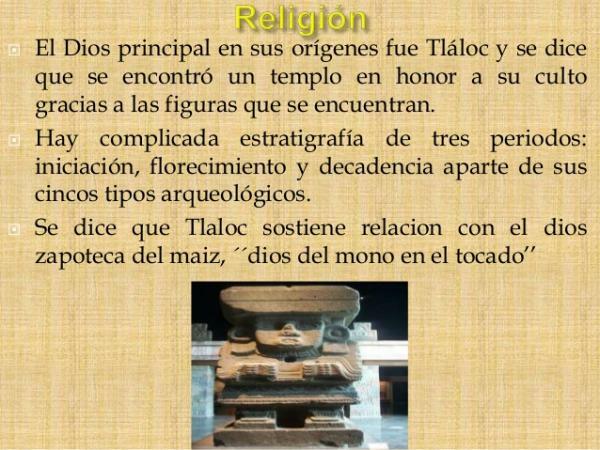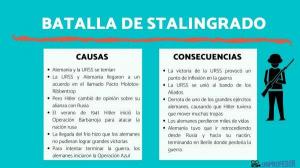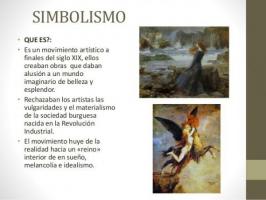Contributions of the Teotihuacan culture

In a world as globalized as ours, it is increasingly common to have customs of other peoples that are in areas far removed from their own. For these reasons it is important to know the contributions of the older cultures, to understand how a civilization from another continent is capable of bringing culture to distant peoples. To know one of these cases in this lesson from a TEACHER we are going to talk about the contributions of the Teotihuacan culture.
The Mesoamerican zone is possibly the cultural area with greater number of civilizations of great interests, not a few cultures that inhabited the area and whose importance was essential for the development of the American people. Mesoamerica was therefore a zone of cultural influence, occupying what we now call Guatemala, Belize, El Salvador, Honduras, Nicaragua and Mexico.
The Teotihuacan culture Due to its geographical location, it was a Mesoamerican culture, although it was also a pre-Columbian civilization, since its origin dates back to before the arrival of European colonizers, so we can call it a Mesoamerican culture and pre-Columbian.
One of the most interesting characteristics of the Teotihuacan culture is that its name was given by the later cultures, since it was they who, upon finding a huge emptied city, decided to call her Teotihuacan, whose translation is city of the Gods. This is due to the fact that although this culture was of great influence for the civilizations of the northwest area of the Valley of Mexico, the passage of time made the different cultures forget it.

To understand the importance of this culture and the reasons for most of its contributions to Mesoamerican and later Europeans, we must talk about some of its main features. Some of these important relevance reasons are as follows:
- His main economic source was agriculture, being able to create different mechanisms to improve their productivity, and beginning to work on key elements of later Mesoamerican cultures.
- His religion was polytheistic, being therefore a religion that believed in the existence of numerous gods. Many of the deities that appear in this religion were later repeated in other Mesoamerican mythologies.
- The society was hierarchical, differentiating the upper classes formed by nobles and priests from the lower classes formed by artisans and peasants.
- It was a culture theocratic, so that religion and government were very close, forming an almost perfect union. There were many cases of priests or shamans who were placed as leaders of the culture, and also of nobles who were placed by them in positions of power.
- They were great merchants, creating routes throughout the region that increased the influence of their contributions. Its trade routes are said to have even been used later by other Mesoamerican trading cultures.
- Like the rest of Mesoamerican peoples they played Mesoamerican ball, which is considered to have served as a ritual for the gods and also as a form of leisure.

Image: Gtush
To conclude with this lesson on the contributions of the Teotihuacan culture we must talk about the different key elements that Teotihuacan contributed both to the later Mesoamerican peoples and to the world in general.
Mesoamerican ball game
This game that consisted of putting a ball into a basket hanging on the wall is one of the most common elements of all Mesoamerican cultures. It is thought that it served both as an element of leisure and for pay tribute to the gods, being an essential part of Teotihuacan life. Some historians consider that the game could have been born in the Teotihuacan culture, although most believe that it must have been born in previous cultures such as the Olmec, since there are records of their game in previous cultures.
Mythology
There are numerous religions in the Mesoamerican culture but all of them come from another older civilization, since the Mesoamerican religion mixes the beliefs of different peoples. That is why the beliefs of the Teotihuacanos, such as the belief in the feathered serpent or their vision of the afterlife, are maintained in the myths of later Mesoamerican cultures. At the same time that the Teotihuacan religion draws on classical myths, its religious innovations also reached later peoples.
farming
Teotihuacan's economy was based on agriculture, so its inhabitants created a series of improvements to work in the field that were maintained in civilizations later, and that served to improve the situation of the subsistence economy typical of the towns Mesoamericans. The class of crops is also a contribution, since the great importance given to corn in this civilization was maintained in the most important later Mesoamerican civilizations.
Art
One of the elements that most surprised the cultures that found the abandoned city of Teotihuacan was its art, since both its huge pyramids like its exceptional pottery it was extremely complex for its time. The artisans of the city were great merchants, with elements such as ceremonial masks or vessels that had a lot of relevance in the funerary rites so relevant to Teotihuacan.
The paint used on both the walls and the vessels was later imitated by Mesoamerican cultures. On the other hand, its great architectural works were also of great relevance, being essential the creation of its pillars for later cultures.




